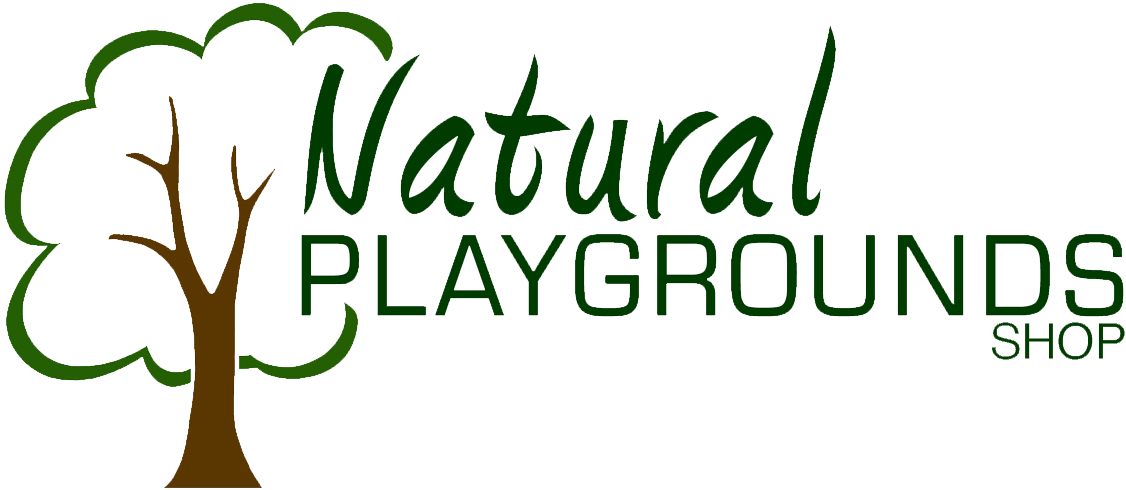

We are all curious about the natural world and how it works. There is very little in our lives that is unaffected by nature. Weather dictates our choice of clothes, our buildings battle the elements, food comes from the soil, dams hold water for power, and we sleep when the sun goes down.
When thunder rolls, or frost forms on a window pane, or a rivulet of water takes a new course, or a leaf falls, or a bee lands on a flower, or wind blows hair or makes a leaf tornado, kids of all ages want to know why.
Why is the sky blue? Why does the rain make noise? Where does the water go? How do you make bricks? How do you make a lean-to out of sticks? Where do ants go? Why is grass hollow? How come things grow? Why is a caterpillar fuzzy? How do you build an igloo? Why does it feel cozy crawling under a bush? Why is it so exciting to run through the grass? How can a conversation with a friend feel so intimate when we’re sitting on a log right in the middle of things?
Young people should be learning about these things when they’re outside, not just when they’re taking a class, but also when they’re relaxing or playing.
Natural play areas use natural landscapes as their model, and incorporate as many of the following features as possible:
Topography is sculptured, transformed to include berms, stone walls, sand pits, water courses, mud areas, and natural amphitheaters.
Vegetation is enhanced by indigenous, summer and winter trees, shrubs, herbs, flowers, vegetables, and other garden plants, all of which should be designed to attract wildlife.
Landscaping includes boulders, levels and tiers, park benches, rain gardens, path systems, grassy areas.
Structures include gazebos, pergolas, arbors, gateways, shade tents, furniture, game tables, and climbing walls.
Outdoor Art starts with a well-designed framework for the entire play area and then includes mural walls, play sculpture, sound gardens, land and vegetative sculptures, and reflecting "pools."
Learning tools include sundials, rain gauges, compasses, nature trails, and lots of loose parts.
Play areas include places for old-fashioned games, group sports, and challenge and fitness courses.